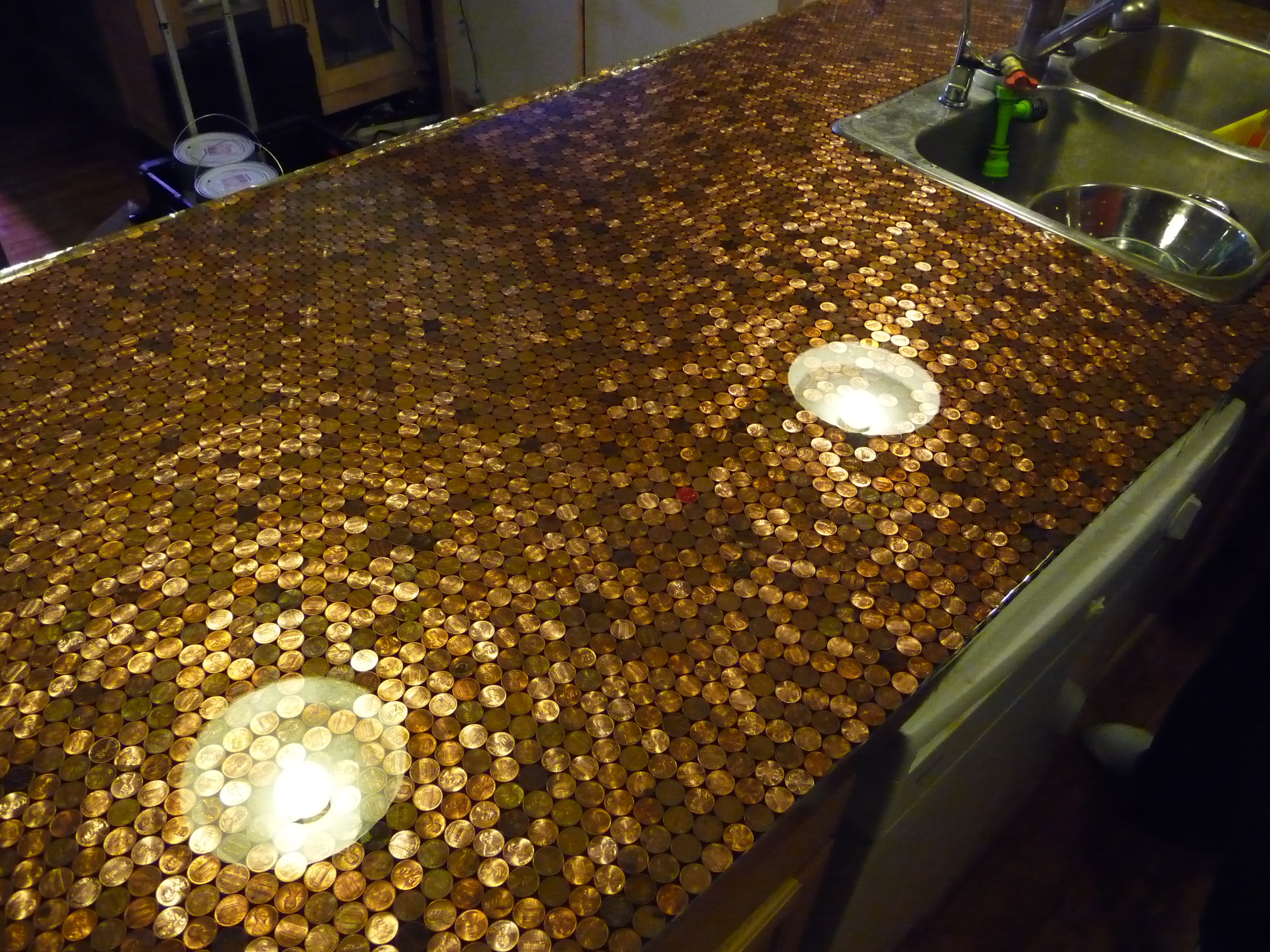The following is the general mixing procedure, but may differ slightly from your specific product. If in doubt, mix the epoxy according to the instructions for your product.
Take your time. Measure Carefully and Mix Thoroughly!. Do NOT try to take shortcuts. Screwing this up can cause the epoxy to set up too fast, or worse, not at all.
Purchase two identical measuring containers. Label them Part A and B and be sure to pour the correct part into the correct cup. By themselves, neither part will harden so the cups can be reused throughout the project. You will also need several disposable containers to mix in. They can be reused this session, but not for later coats.
It is very easy to accidentally pour too much and if you’re pouring both into the same container you can’t pour some back.
Start your timer and pour both parts into one of these containers at the same time and mix for the prescribed amount of time (2min for ours.) As you mix, scrape the sides and bottom of the container to ensure it is fully incorporated.
When the timer expires, pour the entire batch into a clean container, scraping the sides of the first one. Reset the timer and continue mixing (for another 2 minutes in our case.) You are then ready to pour. It’s generally not recommended that you scrape the sides of this container in case any unmixed epoxy remains.
Though tempting, DO NOT use a power drill or other powered mixer for this. It will introduce a tremendous amount of air bubbles which may not be expelled before the expoxy sets.


